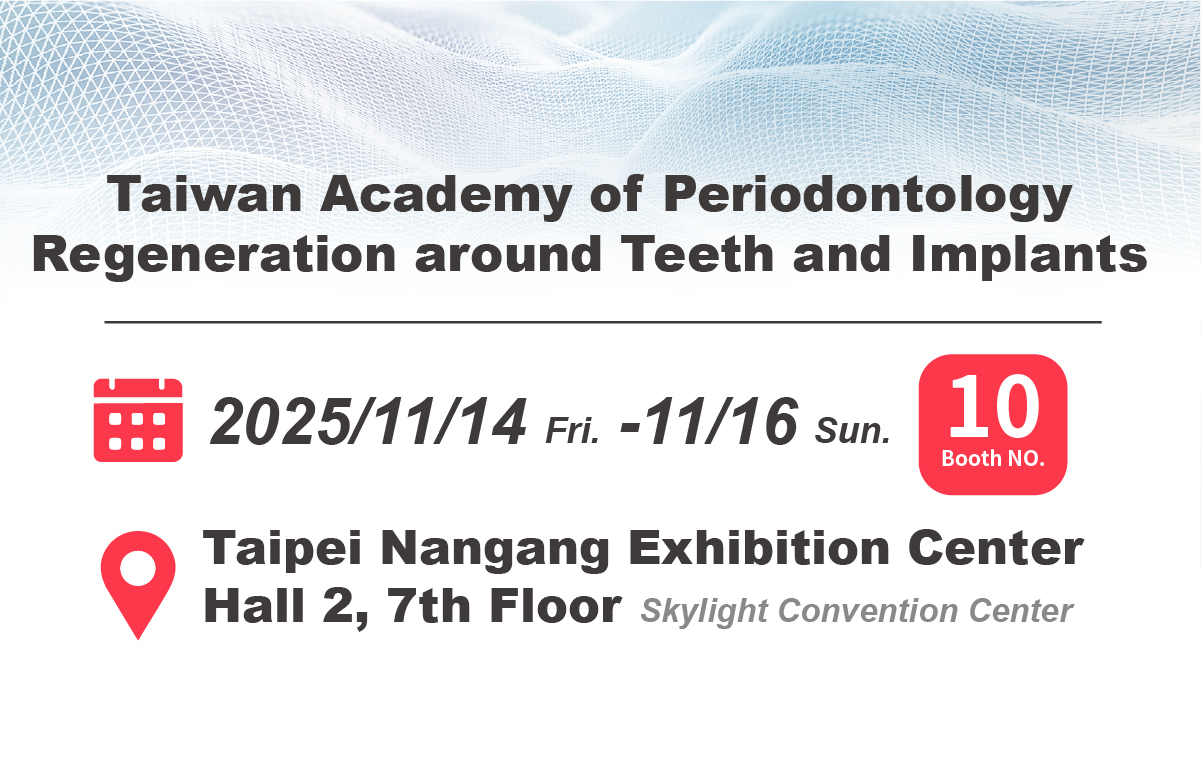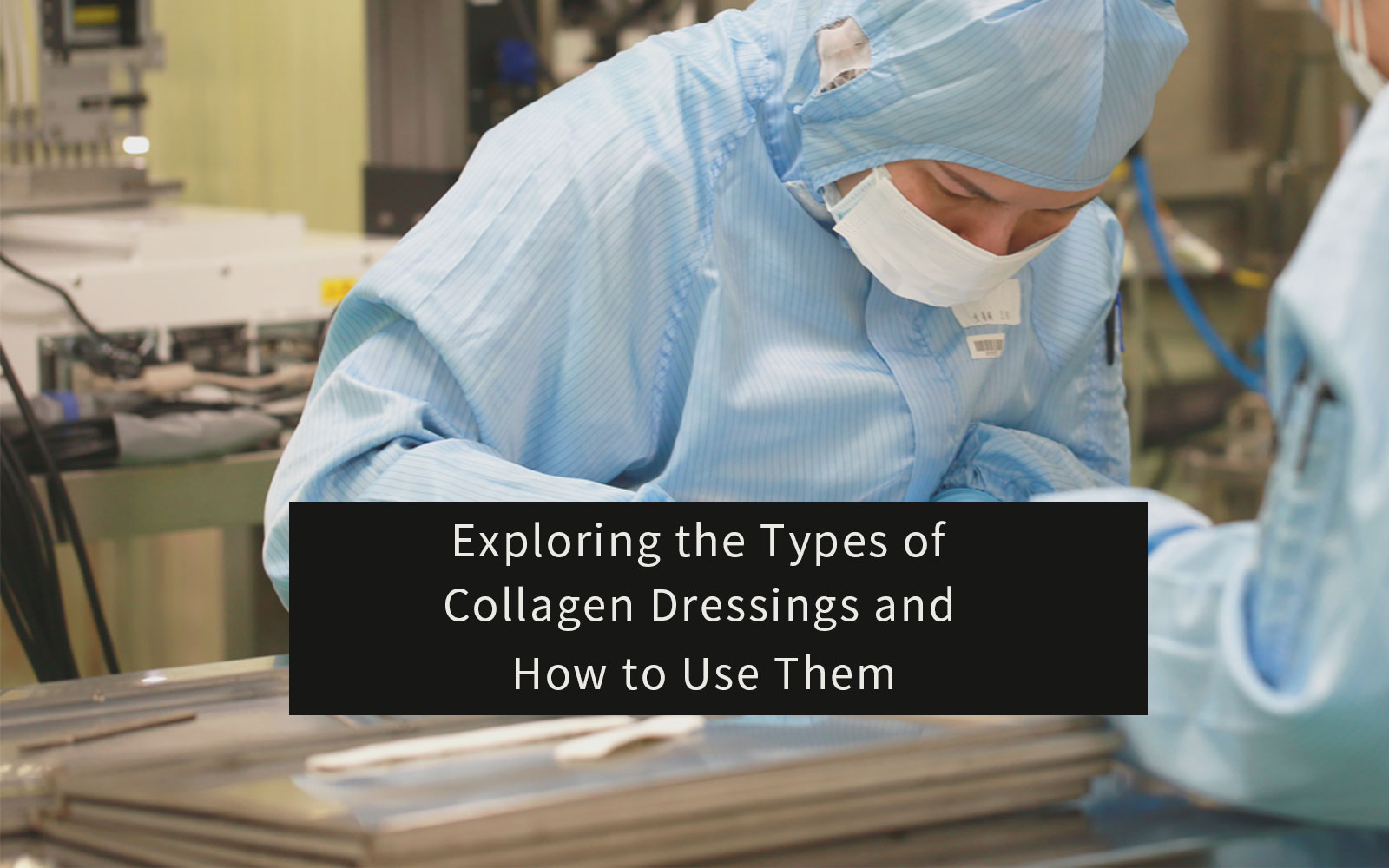Table of Contents
What is Collagen Dressing?
Collagen dressings are innovative wound care products that leverage the properties of collagen, the most abundant protein in the human body, which constitutes about 30% of total protein content. These dressings provide essential structural support to healing tissues, similar to how collagen supports skin, bones, tendons, and ligaments, ensuring their strength and stability.
The molecular structure of collagen consists of three polypeptide chains that twist into a triple helix, which contributes to its tensile strength and stability. This unique configuration is mimicked in collagen dressings, allowing them to create a supportive environment for wound healing. Among the various types of collagen, Types I, II, and III are the most prevalent in these dressings, each playing a crucial role in promoting tissue health and regeneration.
Collagen is essential for tissue regeneration, providing structural support and influencing cell behavior through signaling pathways, which significantly improve healing outcomes in various wound types. Collagen dressings are designed to mimic the natural extracellular matrix, creating an optimal healing environment by absorbing exudate, maintaining moisture, and offering a barrier against pathogens, while releasing bioactive molecules to further enhance the healing process.
Benefits of Using Collagen in Medical Dressings
The use of collagen in dressings offers several benefits:
- Enhanced Healing: Promotes faster tissue regeneration.
- Reduced Scarring: Supports organized tissue formation.
- Biocompatibility: Minimizes adverse reactions in patients.
Types of Collagen Dressings
Animal Sources of Collagen
Collagen can be sourced from various animals, each offering unique properties for medical applications:
- Bovine Collagen: Widely used due to its high availability and effectiveness in promoting healing.
- Porcine Collagen: Known for its biocompatibility and is often used in surgical applications.
- Fish-Derived Collagen: Emerging as a sustainable option, it has shown promise in wound care innovations.
- Avian Collagen: Used in specialized applications, particularly in certain surgical procedures.
Powdered Collagen: Ideal for Hard-to-Reach Wounds
Powdered collagen can be applied to irregular or hard-to-reach wounds, providing localized support and promoting healing in challenging areas.
Sheet Collagen Dressings: Coverage for Larger Surface Areas
Sheet dressings are ideal for covering larger wounds, providing a protective barrier while allowing for moisture retention and gas exchange.
Collagen Gels: Flexible for Contoured Areas
Collagen gels are ideal for wounds with irregular contours or those requiring hydration. Their pliable nature ensures close contact with the wound bed while maintaining a moist environment.
Collagen Pads: Absorption and Protection for Moderate Exudate
Collagen pads are thicker dressings suited for wounds with moderate exudate. They provide cushioning, absorb excess fluid, and maintain the optimal moisture needed for healing.
Collagen Particles: Effective for Deep Wound Cavities
Collagen particles are ideal for filling deep cavities or complex wounds, where even distribution and localized application are critical. They integrate well into the wound bed to support granulation.
Collagen Pastes: Excellent for Complex and Moist Wounds
Collagen pastes are a great choice for complex wounds requiring hydration and close adherence to the wound bed. They help in tissue regeneration and are especially useful for exuding wounds.
Collagen Dressing Selection for Specific Wound Types
Guidelines for Medical Professionals
Healthcare professionals must evaluate wound healing phases and select appropriate dressings based on the wound’s condition. This involves assessing the wound type and severity, choosing suitable collagen dressings, and consistently monitoring healing progress.
Choosing the Right Collagen Dressing Based on Wound Type and Severity
Selecting the appropriate collagen dressing requires an assessment of the wound type, size, and severity. This ensures optimal healing conditions are met.
- Acute vs. Chronic Wounds: Tailoring Collagen Dressings
▫︎ Acute Wounds: These wounds typically require rapid healing. Collagen dressings designed for rapid action, like collagen sheets or powders, are particularly effective in stimulating cell growth and aiding tissue repair.
▫︎ Chronic Wounds:
Healing processes for chronic wounds are often slower. These wounds may require collagen-hydrocolloid or collagen-alginate composite dressings that focus on maintaining a moist environment and providing sustained support for prolonged healing.
- Superficial wounds with minimal exudate:
For shallow wounds with minimal fluid, collagen sheet dressings are recommended. These dressings cover the wound effectively, maintain moisture, and support cell growth and tissue repair. - Moderately exuding wounds:
In wounds with moderate exudate, collagen-alginate or collagen-hydrocolloid composite dressings are more suitable. These dressings absorb excess fluid while maintaining a moist environment. - Deep wounds or wounds with irregular shapes
For deeper wounds or those with complex structures, collagen powder or paste dressings are ideal. They conform to the wound bed, fill crevices, and support granulation tissue formation. - Infected wounds or wounds at high risk of infection
In cases of infection or a high risk of contamination, antimicrobial collagen dressings infused with agents like silver are effective. They significantly reduce the risk of infection by lowering bacterial load and inhibiting bacterial growth, promoting a safer healing environment.
How to use Collagen Dressings
- Clean the Wound:
- Gently cleanse the wound with sterile saline and pat dry with sterile gauze. This step reduces infection risk and prepares the wound for dressing.
- Prepare the Dressing:
- Cut the collagen dressing to match the wound size, and moisten it if necessary. Pre-wetting enhances adhesion to the wound.
- Apply and Secure the Dressing:
- Place the collagen dressing carefully over the wound and secure it using sterile tape or bandages. Proper fixation ensures the dressing stays in place and provides optimal healing benefits.
MBI’s Collagen Dressings and Applications
With a combination of 70% collagen and 30% CMC, NasoAid nasal packing creates a natural physical barrier that offers dual hemostasis, anti-adhesion properties, and moisture retention. These features promote wound healing, enhance patient comfort, and prevent complications such as infection and rebleeding.
Bovine Collagen Source and High Purity:
- MBI’s collagen dressing is derived from highly purified Type I collagen, extracted from Australian bovine tendons sourced from healthy, non-epidemic cattle.
- The purification process uses U.S.-patented technology, achieving >99% collagen purity while preserving its fibrous structure.
Biocompatibility and Tissue Regeneration:
- The collagen retains its natural structure, providing a 3D porous scaffold that supports cell growth, vascularization, and tissue regeneration.
- It is ideal for surgical and dental applications due to its enhanced biocompatibility.
Collagen Applications in Various Medical Specialties
MBI’s collagen dressings are versatile and can be used across a wide range of medical fields.
General Surgery: Supporting Soft Tissue Repair and Recovery
Collagen dressings are essential in supporting soft tissue repair during general surgery, where they provide necessary moisture retention, pathogen protection, and promote tissue regeneration and reduce scarring.
☛ HealiAid Surgical Collagen Wound Dressing
Dental Applications: Enhancing Gingival Thickness and Promoting Healing Post-Extraction
In dental procedures, particularly after tooth extractions or periodontal surgeries, MBI’s collagen dressings enhance gingival thickness, promote healing, and reduce post-operative complications such as infection or dry socket. Their moisture-retaining properties make them ideal for use in the mouth, where maintaining a moist environment is critical for healing.
☛ HealiAid Dental Collagen Wound Dressing
ENT Surgeries: Assisting in Mucosal Healing and Nasal Surgery Care
Some collagen technologies are enhanced with active ingredients like carboxymethyl cellulose (CMC), alginate, hydrogel and silver to improve therapeutic effects. MBI’s collagen nasal dressing combines 70% collagen with 30% carboxymethyl cellulose (CMC) for dual hemostatic effects, accelerating healing and supporting mucosal recovery.
☛ NasoAid Collagen Nasal Dressing










